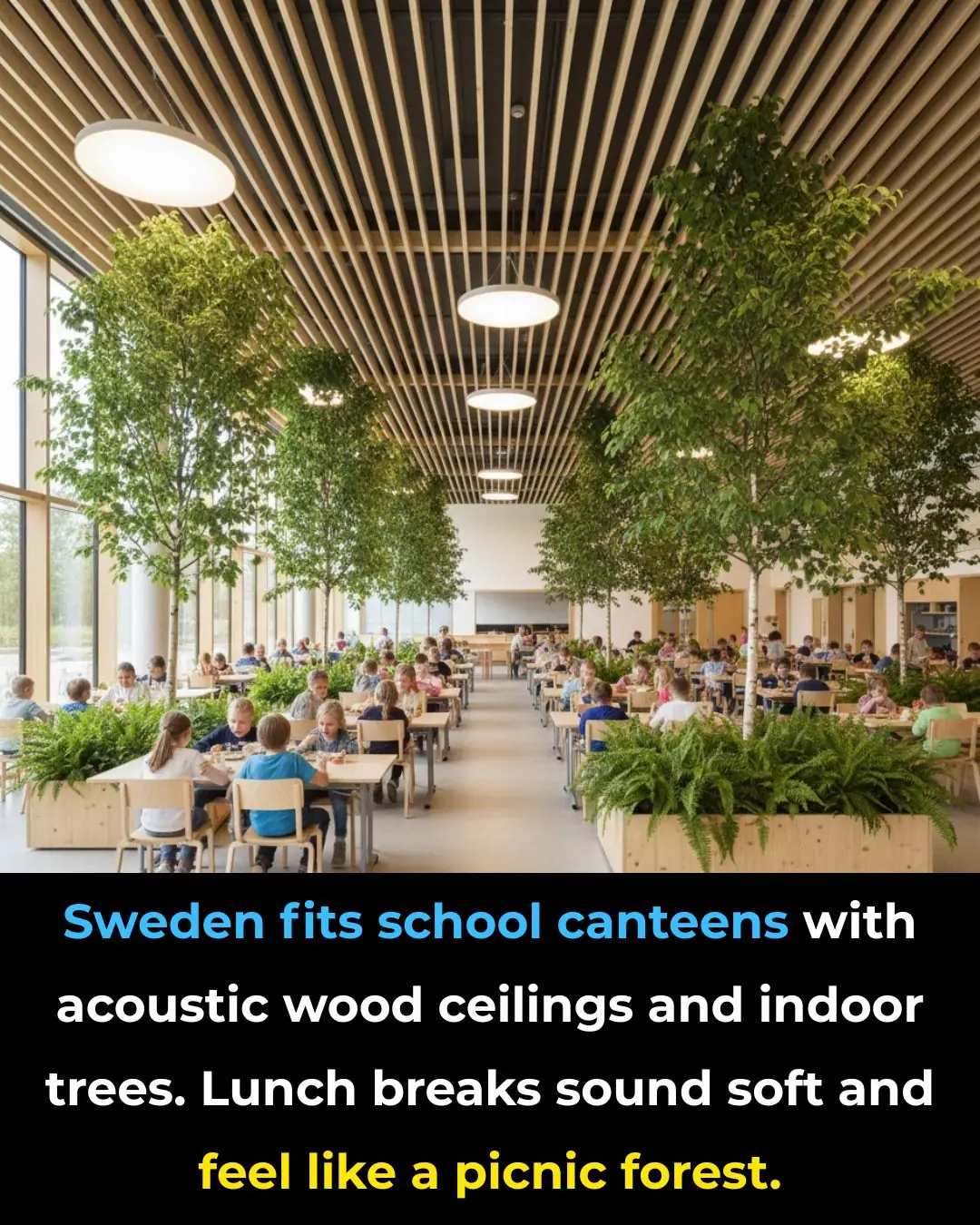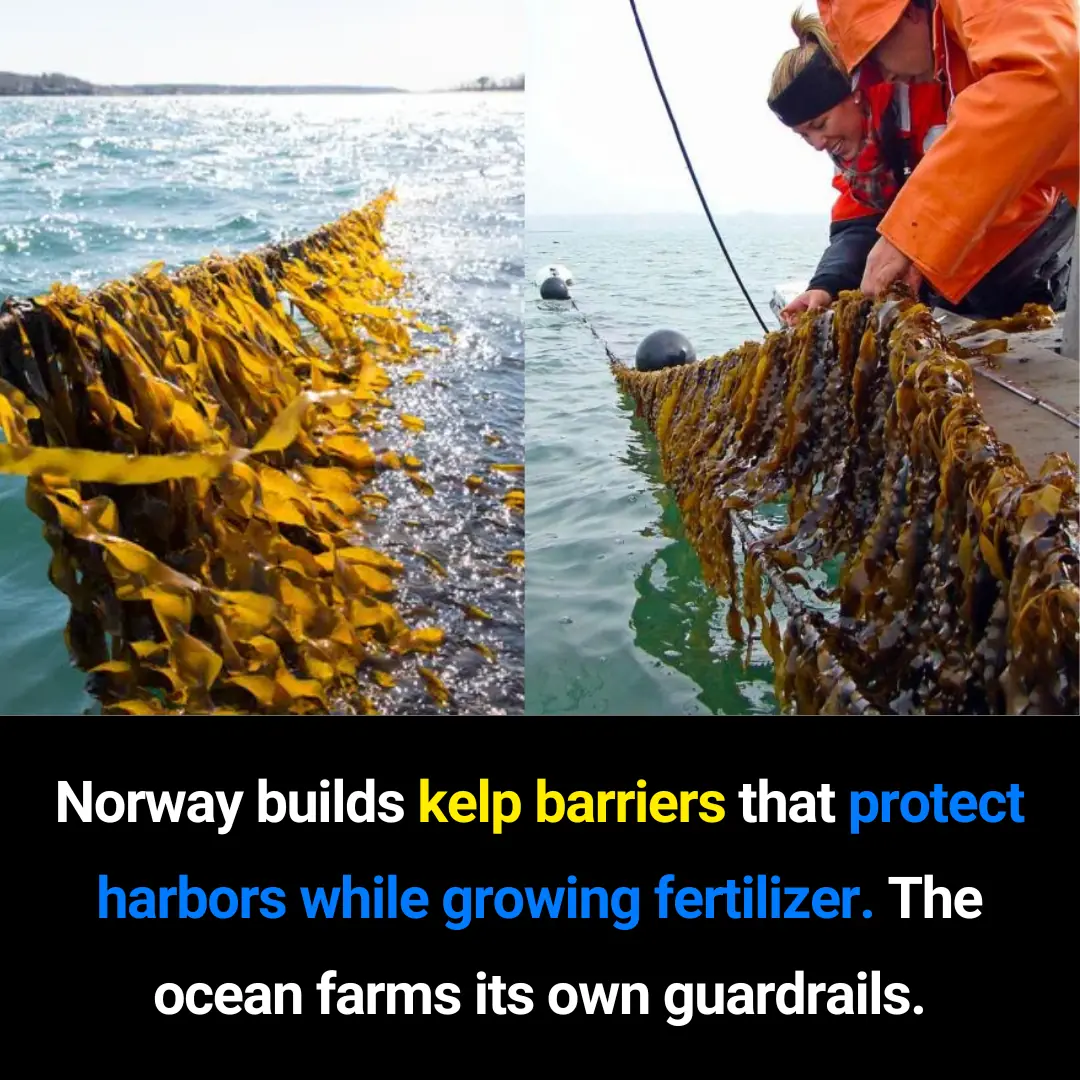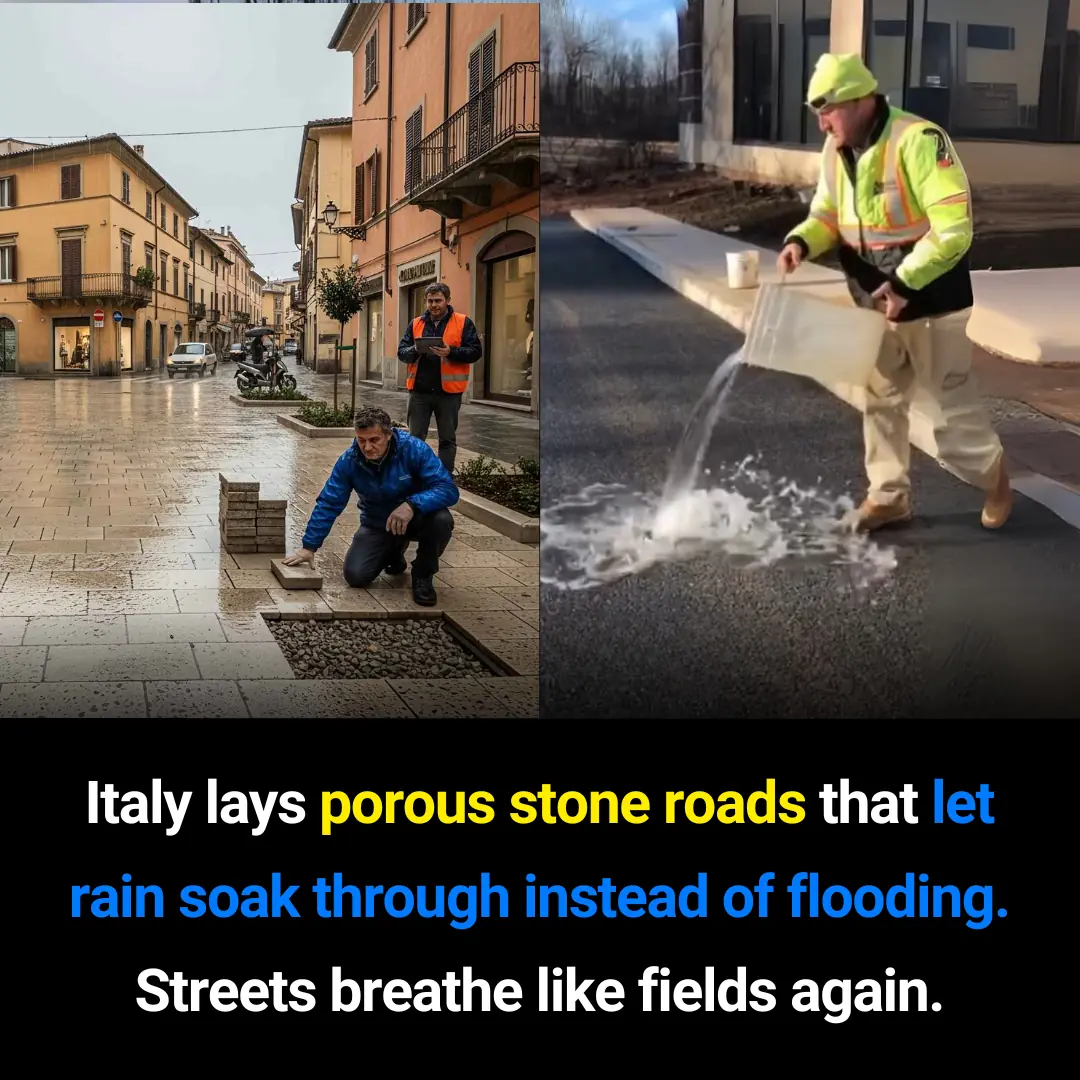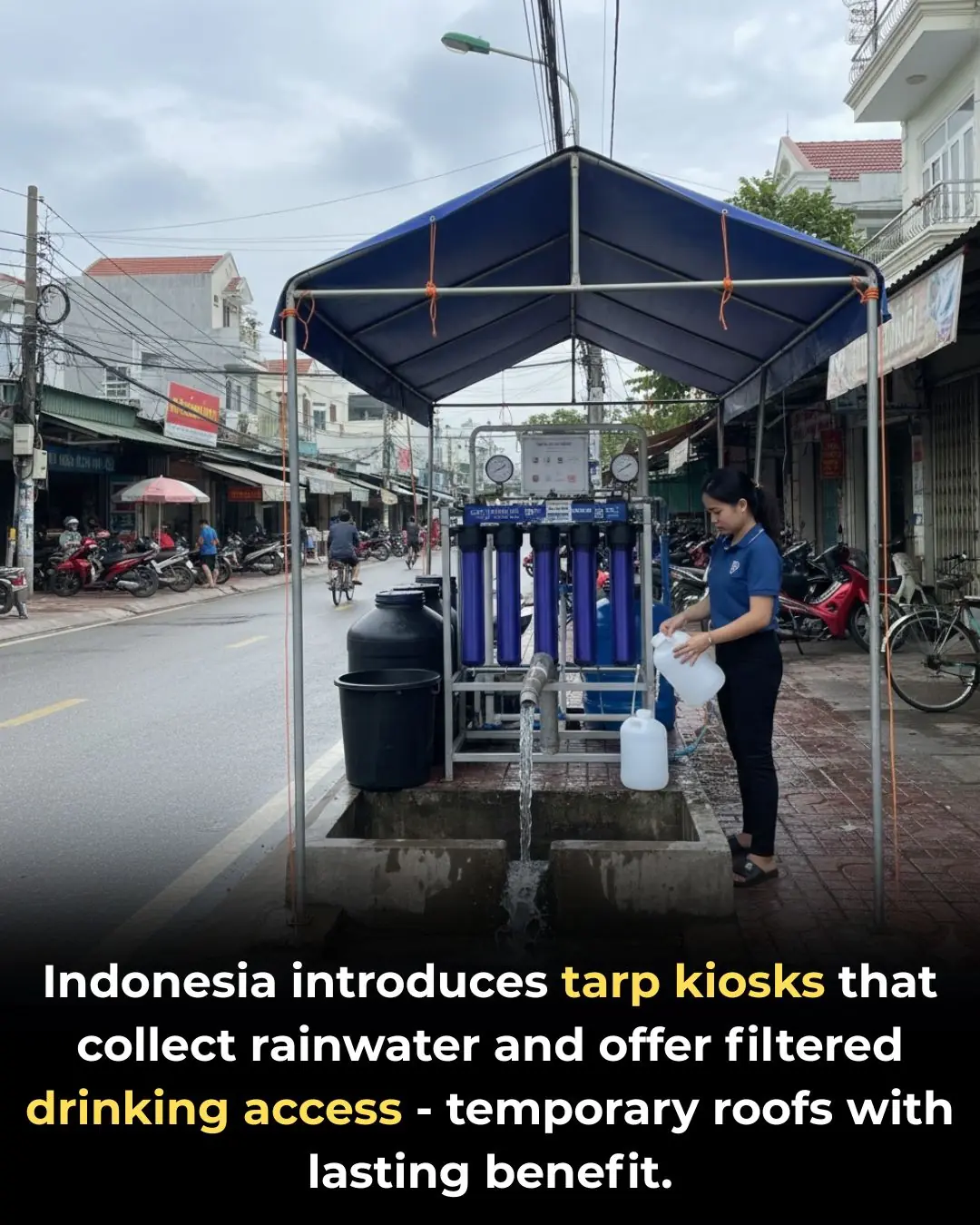
France Turns Forgotten Railway Tunnels into Poetic Winter Shelters for the Unhoused
In a poetic gesture that blends heritage with human care, France is reimagining portions of its aging, stone-lined railway tunnels as winter refuges—stringing sturdy sleeping hammocks between their timeworn archways. When the cold sets in, thick canvas hammocks are carefully suspended between historic pillars, transforming these long-forgotten underground corridors into sheltered night havens for unhoused individuals and seasonal migrants. Elevated above the damp ground and guarded from biting winds, the hammocks bring warmth and dignity to spaces where locomotives once thundered through the dark.
Each evening, volunteers and municipal workers operate retractable rope systems that secure the hammocks in place. At dawn, the ropes tighten and the bedding is removed, allowing the tunnels to return to an unobstructed, open form. With nightfall, the spaces soften again—becoming a cradle beneath vaulted stone ceilings. Nearby lockboxes hold thermal covers, insulated sleeping liners, and emergency blankets so that those seeking refuge can stay dry and protected. Low-glow lanterns provide just enough light for safe navigation without disturbing nearby neighborhoods or drawing undue attention.
This unusual adaptation is supported by partnerships between local governments and nonprofit organizations, echoing broader European efforts to activate unused infrastructure for social benefit. Regular cleaning, maintenance checks, and quiet nightly monitoring help keep the environment safe. There is no formal gate or bureaucratic intake; instead, word-of-mouth guidance, discreet markers, and community networks help individuals find the shelter when temperatures drop. In colder regions, municipalities install heat-retaining wall panels and rubberized floor mats, drawing on cold-weather shelter strategies documented by the European Federation of National Organisations Working With the Homeless (FEANTSA) and research from the International Journal of Disaster Risk Reduction on micro-infrastructure for emergency housing.
France’s approach reflects a cultural and architectural shift: a willingness to reinterpret its historical structures as living assets rather than relics. Engineers and urban planners around the world have explored similar adaptive reuses—such as the conversion of disused viaducts, tunnels, and industrial corridors into social or ecological spaces, a trend highlighted in reports from UNESCO and studies in Cities and Urban Studies on heritage-based urban regeneration. Within this broader movement, France’s tunnel hammocks symbolize something intimate and humane: turning places once built for motion into pockets of stillness where people can rest without fear.
These stone arches, shaped generations ago to guide the rush of passing trains, now offer a gentler purpose. They hold warmth instead of noise, presence instead of transit, and provide a moment of safety in the cold hours of the night—a testament to how old structures can be recast as quiet sanctuaries for those who need them most.
News in the same category


Sweden Turns School Lunchrooms Into Forest-Inspired Sanctuaries to Boost Student Well-Being

When Pleasing Others Hurts Your Health: New Study Links People-Pleasing to Autoimmune Risk

Why We Sleep With ‘T-Rex Arms’: A Self-Soothing Posture Linked to Stress and Neurodivergence

Choose the Longest Line

Rose Essential Oil May Boost Brain Structure: New Study Reveals Increased Gray Matter Volume

Why So Many New York Buildings Don’t Have a 13th Floor

Pouring medicated oil on garlic seems like a strange thing to do, yet it offers surprising benefits that not everyone knows about

Always Close Your Bedroom Door Before Going to Sleep

Why So Many New York Buildings Don’t Have a 13th Floor

Norway’s Living Kelp Barriers: Nature-Built Protection for a Changing Coastline

Italy’s Porous Streets: A Quiet Innovation That Lets Cities Breathe Again

How Israel Is Turning Water Pipes Into Clean Power Plants

Powerful Health Benefits of Pineapple You Should Know

🐍 What to Do If You’re Bitten by a Snake — When Help Is Far Away

Motherhood Rewires the Brain: Why Postpartum Recovery Takes Years, Not Weeks

Eating More Than One Egg a Week May Slash Alzheimer’s Risk by 47%

CRISPR Breakthrough Offers Hope for a Potential HIV Cure

Four Teens Risk Their Lives to Rescue Elderly Neighbor from Burning Home in Sapulpa
News Post

Tips for hair treatment with okra, extremely effective against hair loss, baby hair grows bristling

This one vitamin could help stop you from waking up to pee every night

“How Indonesia’s Tarp Kiosks Are Redefining Public Drinking Water”

Just tried this and whoa

2 Simple and Effective Ways to Remove the Smell from Long-Frozen Meat

Lady had a bunch of empty old pill bottles

There’s a “Hidden Component” Under Your Washing Machine That Can Make Your Clothes Cleaner and Fresher

Wish I saw this sooner! Great tips!

Why Lung Cancer Targets Non-Smokers: The Hidden Kitchen Culprit You Might Not Know About

“Painting the Impossible: China’s Drone Experiments Turn Cliffs into Giant Artworks”

Dropping wind oil on garlic

‘Why Did You Come to This School?’: Lawsuit Says Chicago School Let 10-Year-Old Black Girl Be Called the N‑Word, Punched, and Threatened Daily—Then Blamed Her for the Disruption

Don't boil chicken with salt and water, otherwise it will be fishy and turn red.

Take the meat from the freezer and it's hard as bricks

Your Mattress Getting Dirty and Smelly? Sprinkle This on the Surface — No Water Needed, and It’ll Look Fresh Again

Sink Trick You Should Always Do Before Vacation

My nana taught me this hack to make dusty blinds sparkle in 2 mins with 0 work

How To “Remove” All The Chemicals Out Of Store-Bought Chicken

Stadiums of Sanctuary: A Winter Refuge Beneath South Africa’s Grand Arenas
